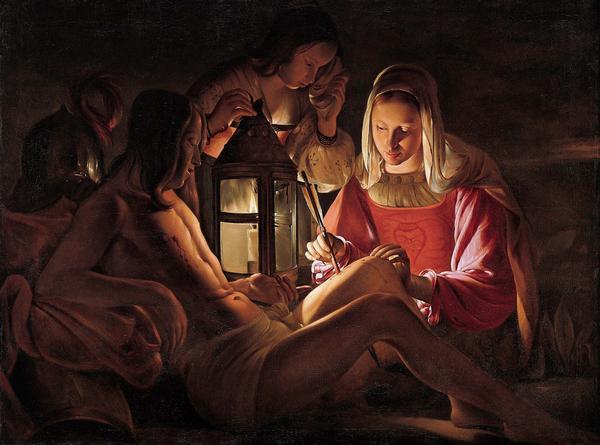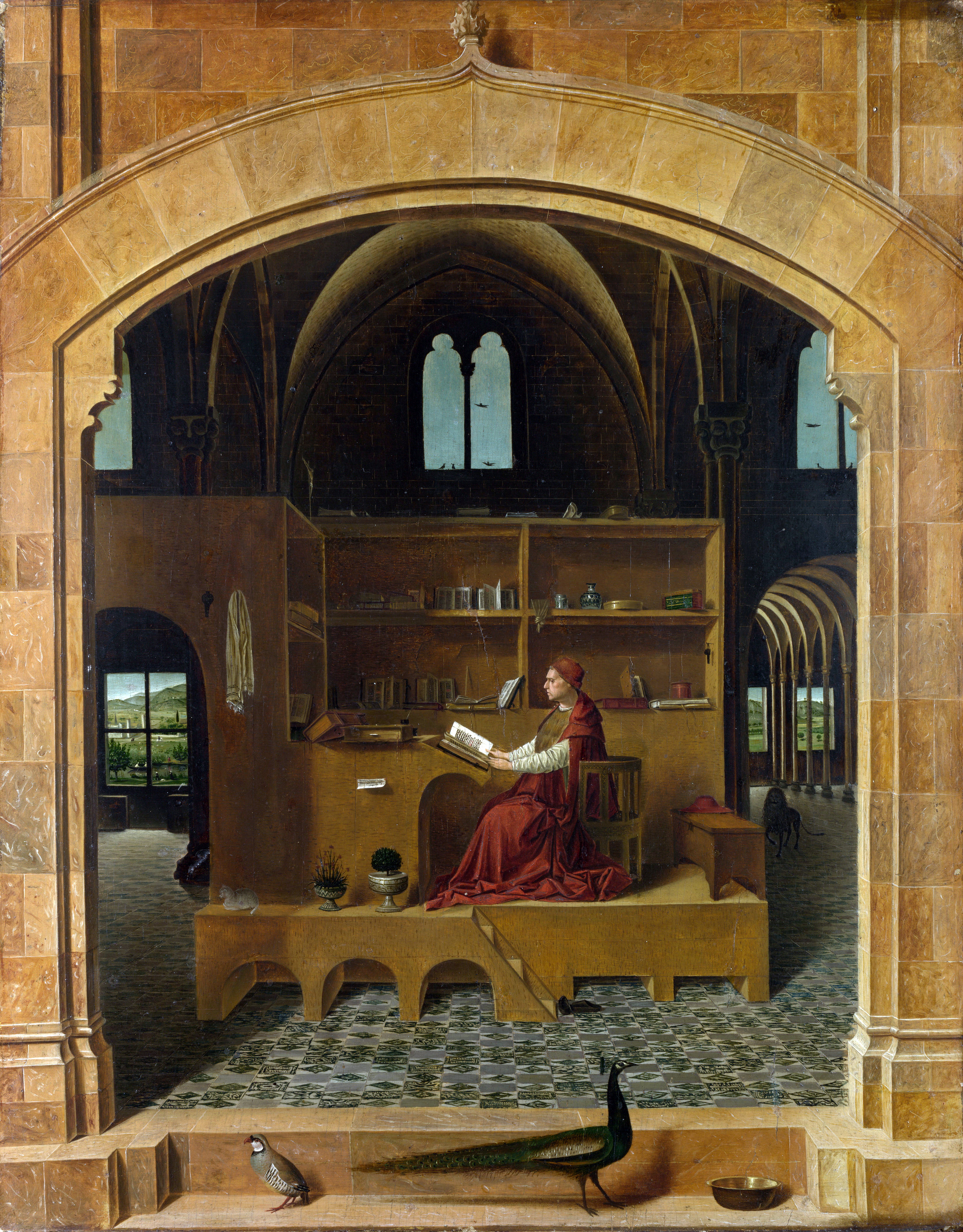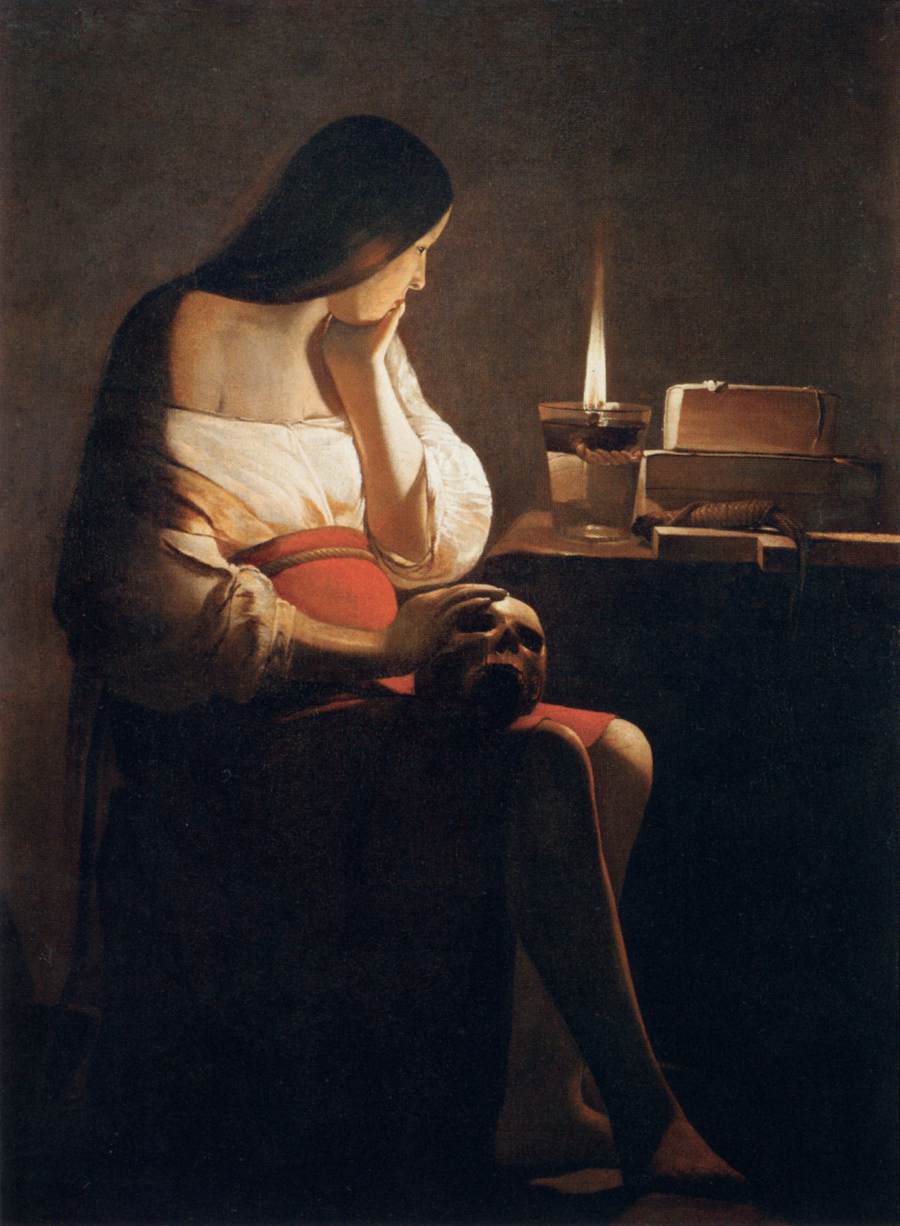
If you’ve read the other entries in this Artists of Light series, you can skip right to the section on Georges de La Tour.
It goes without saying that light and photography are linked. As photographers we are obsessed with light and for good reason. The effects of good lighting are remarkable. And being able to handle light as a medium can open up entirely new ways of seeing the world. As technology continues to improve it opens a clearer vision of the world around us than the early days of photography.
If you are old enough to remember, think back to the early days of underwater photography. The grainy pictures felt like they were covered in a blue gauze that was unlike the experience of being underwater. As technology improved we began to see the undersea world in all of its splendor. The richness of colors and range of values continues to improve giving us an even deeper appreciation for the ocean. All of this can be linked back to light.
Long before the invention of the camera, artists needed to tackle light in a different way. They had to make it, literally by hand. Starting with a canvas and paint, artists innovated ways to transform piles of ground pigment and oil into scenes that first shaped the illusion of light.

When you become a student of art history, you begin to see how many innovations led up to photography today. Without that understanding, it is hard for your photography to progress. But there is no need to beat yourself up for not taking those art classes you could have in college. A photographer only needs a working knowledge of art to gain valuable resources for their own pictures.
This “Artists of Light” series looks at four artists who represent a lineage of artists obsessed with light. Their contributions are influential to the way that artists, art historians, and curators judge light. Whether you are aware of them or not, they are the benchmark for what is considered good light.
While many people find Art with a capital “A” intimidating, it is helpful to keep in mind that you do not need to be a scholar to extract lessons from Art. The paintings and sketchbooks of artists for the last 1,000 years were left to us precisely so we could study them. Artists are not academics. And while some artists study history more than others, any decent artist would prefer to make art than read about it. As a result, they tend to study other artists just long enough to get what they need and get out. They are not writing PhD theses on art movements. Why? Because if you prefer to make things, writing about making things is devastatingly boring.
With this in mind, you might consider keeping a small notebook with art observations. Each time you see a piece of art that teaches you something, write it down. It may surprise you that if you can learn just one thing from each painting you are attracted to, you will very quickly build up a reservoir of knowledge that is easy to recall at a moment’s notice. And when you are out shooting, that is exactly the type of knowledge you want to have handy.
It may surprise you that if you can learn just one thing from each painting you are attracted to, you will very quickly build up a reservoir of knowledge that is easy to recall at a moment’s notice.

This French painter is hardly mentioned in the world of photography, which is odd. I’ll tell you why it is so strange. As the battle for higher and higher ISOs took over the photo world, candle light photography became the “noise test” for any sensor. But three hundred years before the Leica Noctilux was born, Georges de La Tour was painting figures in candlelight.

Three hundred years before the Leica Noctilux was born, Georges de La Tour was painting figures in candlelight.
The paintings each focus on the different arrangements of the candle and the subjects. There are some where we see the candle, others where the candle is obscured, and a few where we see a combination of all the possible effects of candle light. The shallow depth of field and nearly black backgrounds offer any photographer a range of lessons in how to capture delicate shadows and light. One other thing to notice is that the shadows are almost never black. They are a warm brown. Many Photoshop-oriented photographers OBSESS over the black point and white point.


But what de La Tour discovered was that brown goes a longer way than black and a picture does not need a white point to glow. When you make something black, in reality rather than on screen, it fails to take into account that when you make a print, the room is almost never as bright as the screen. Sure you can adjust and calibrate, but a painting in a room should come alive and go to sleep. In order for this to happen many artists keep the values of their painting “almost black.” They let the changing light conditions in the room make up the last step towards darkness.